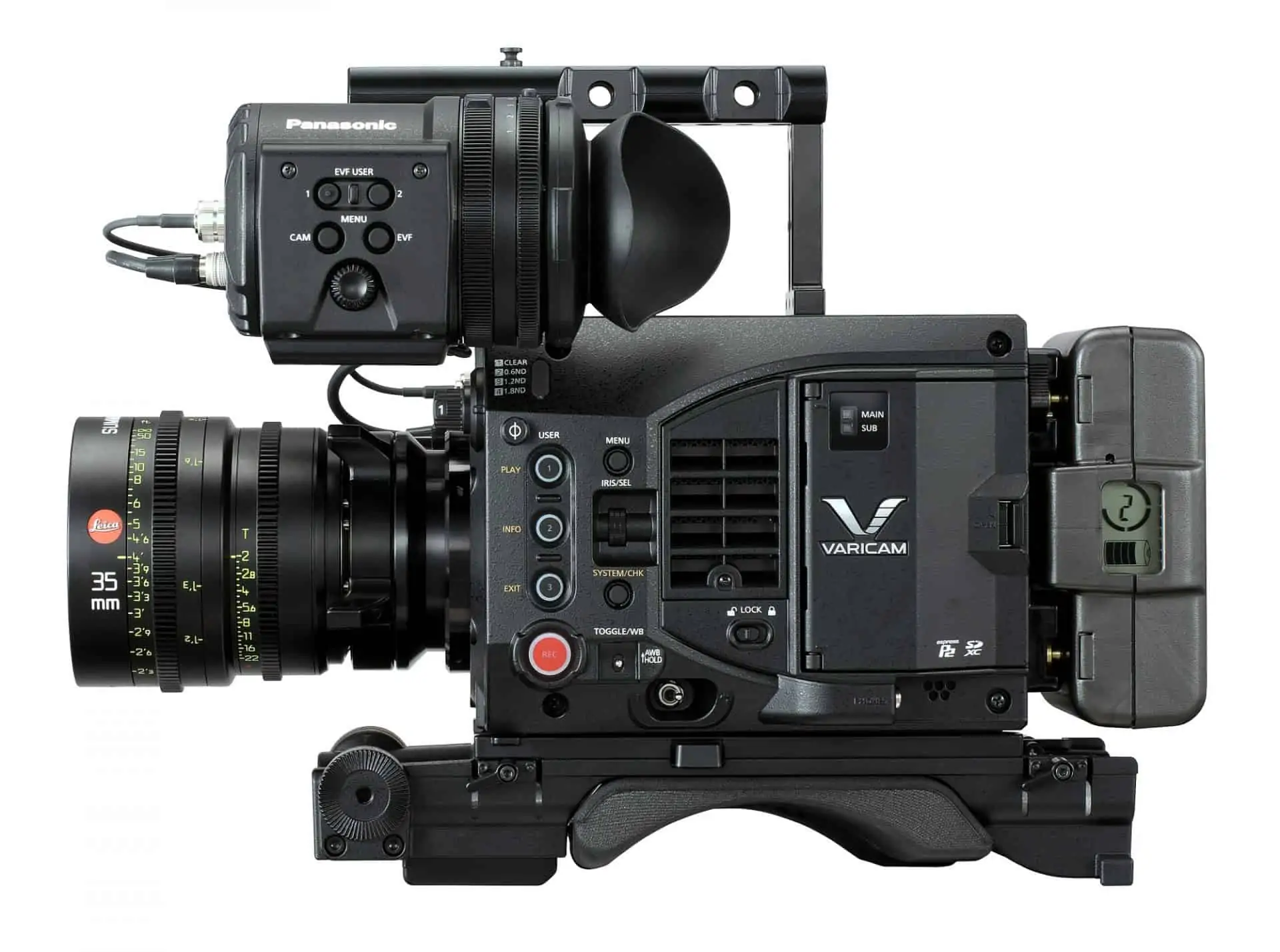Image Making
Innovator / Panasonic at 100
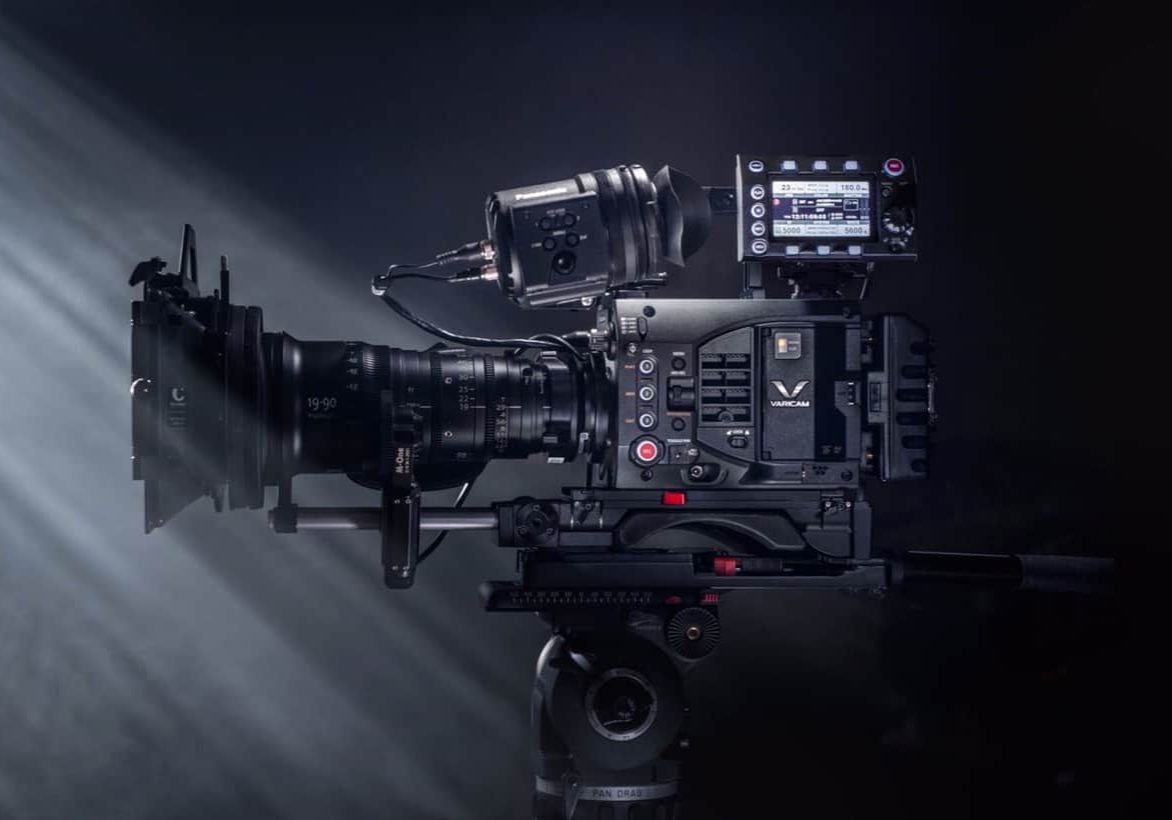
Image Making
Innovator / Panasonic at 100
BY: Kevin Hilton
Long-established companies generally change over the years, expanding into new markets as they present themselves. Panasonic, celebrating its 100th anniversary this year, is an instantly recognisable international brand known for television sets, consumer camcorders, hi-fi systems, mobile phones and digital stills cameras. It has also been a key player in professional broadcast since the mid-1980s. But it is only in the last few years that Panasonic has been actively targeting drama and feature films with its latest high-resolution sensors and card-based storage.
The origins of Panasonic go back to March 1918, when Konosuke Matsushita (1894-1989) founded a company to produce his own design for an attachment that turned regular light sockets into a plug for other domestic appliances. In those early days, Matsushita Electric Housewares was run by the founder himself, his wife Mumeno and brother-in-law Toshio Iue, who later founded Sanyo (bought by Panasonic in 2009).
They struggled to begin with, but eventually electrical stores saw the potential of the attachment plug and the Matsushita brand began to establish itself. Among the products that followed were an electric iron, the first three-tube radio set, a 17-inch B&W TV (1952, with a colour version in the 1960s), an automatic rice cooker, a tape recorder in 1958, and the Panasonic Senior Partner IBM compliant PC.
Another early product, a more efficient bicycle lamp, was marketed under the National brand name, which was used for domestic and international markets, except the US. The Panasonic name first appeared in 1955 as 'PanaSonic', initially used for loudspeakers and lamps sold outside of Japan. Technics was launched in 1965 for a range of audio equipment. In 2003, all branding was standardised as Panasonic. Five years later Matsushita Electric Industrial Co, which it became in 1935, was renamed Panasonic Corporation.
The company entered the video market in 1977 with a consumer VHS tape machine offering four hours of recording. By 1991, Panasonic was addressing TV broadcasting with a 1/2-inch video tape recorder based on the D-3 composite format. VTRs using D-5 component technology were introduced two years later. D-3 was also the basis of what is seen as the first digital camcorder, the AJ-D310, which led to further developments in combined camera-recorders. These include the AK-HC1000, Panasonic's first HD 3CCD camera, and the AJ-D700 DVCPRO camera five years later.
As Nigel Wilkes, group manager for Panasonic Broadcast & Pro AV in the UK and Ireland, observes, at this point the company was focusing on TV, but that experience benefited later moves into other areas, including film and drama.
"Our history shows that we have produced very rugged cameras," he says. "Initially these were for news and could go anywhere, particularly harsh territories. What came out of that experience was being able to make kit that could take a knock and the next step was natural history."

For this very exacting area of TV production, Panasonic set about developing a new type of camera that offered specific features such as super slow motion, 24p playback and 720p resolution. This was realised in the first VariCam, the AJ-HDC27 variable-frame-rate camcorder. Introduced in 2002, it was designed in Panasonic UK's engineering lab by engineer Katsuyuki Taguchi (now retired), who incorporated under/over crank recording, fast motion as well as slo-mo and the key variable frame rate facility.
The result, as Wilkes puts it, was "a digital camera that thought it was a film camera". The VariCam's ability to change recording speeds fulfilled Panasonic's aim of positioning it for natural history production.
"The camera allowed the image to be slowed down to suit the particular animal being filmed, and not just shoot everything at 24 or 25 frames per second," says Wilkes. "Typically 30fps is used for lions and 40fps for elephants. That slows down the animal and makes them look more graceful."
Panasonic took the VariCam to Alastair Fothergill, at the time a producer with the BBC Natural History Unit (NHU), who arranged for a shoot-out to select a camera for a major new series. In the end 80 percent of what turned out to be the highly-acclaimed Planet Earth was shot on VariCam, with an initial eight cameras being sold to the NHU.
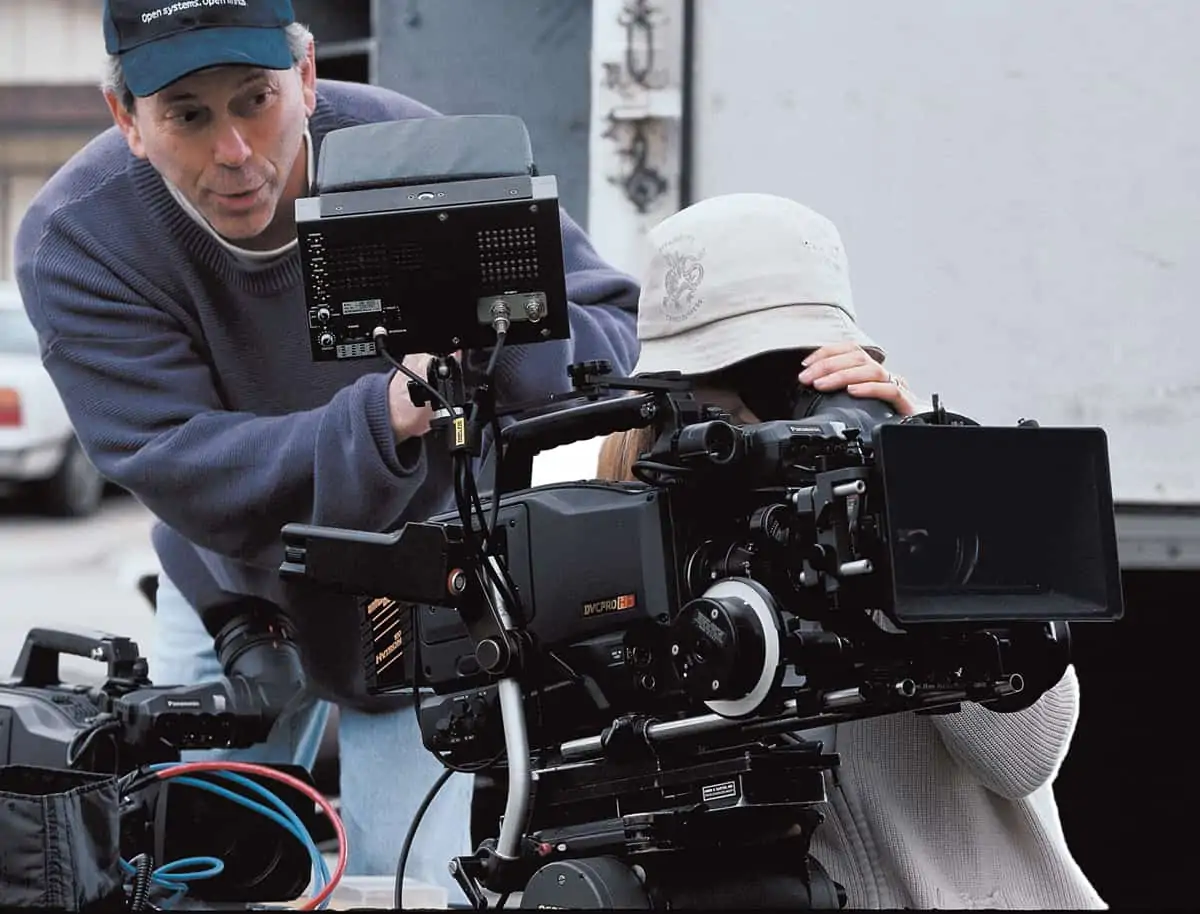
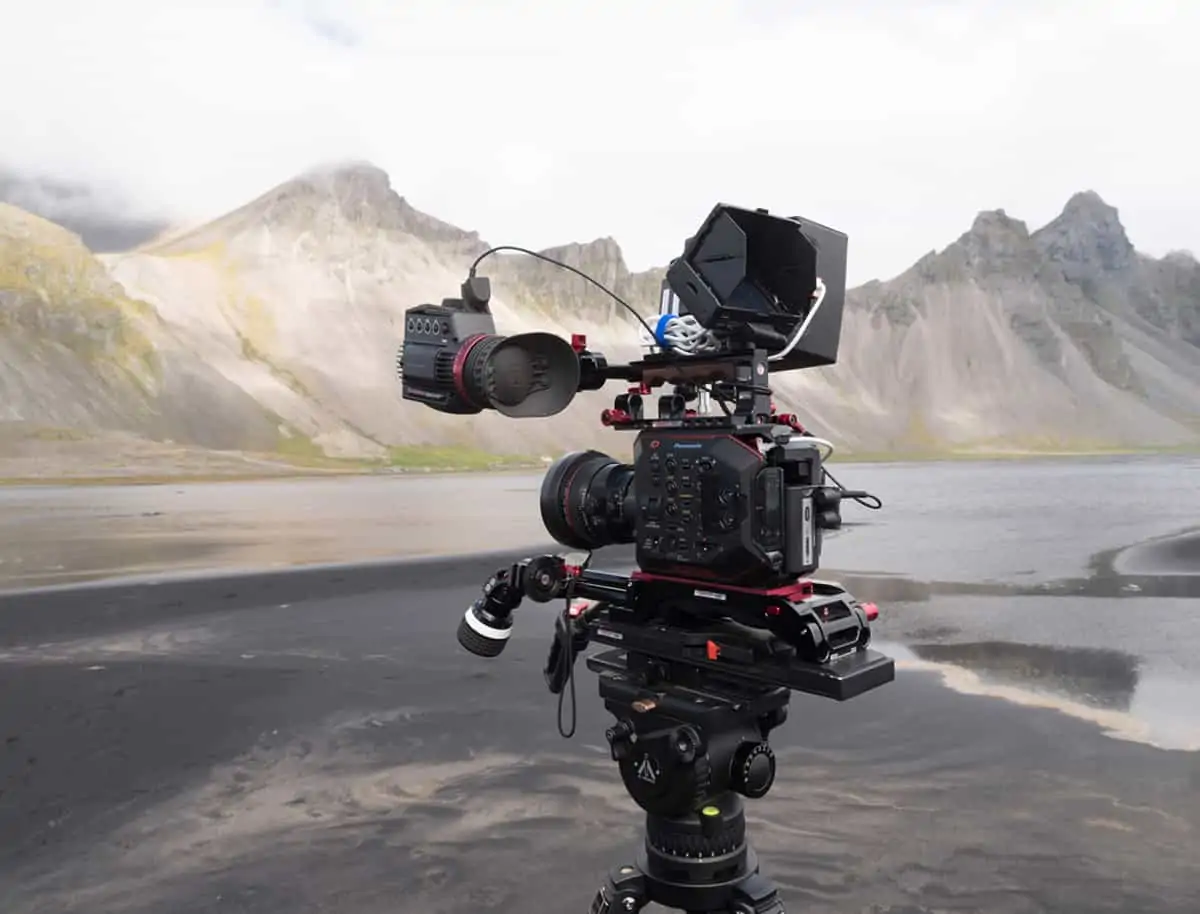
As VariCam established itself in natural history TV, Panasonic began to look at the next logical progression, the move to 1080. Research led to the AJ-HDX900 DVCPRO HD camera, which featured the same 720p sensor as the VariCam, but upgraded for 1080. At the time, the uptake of HD in TV was increasing, with broadcasters such as Discovery, and new service providers like Netflix, launching channels. Consequently, rental companies began to stock the HDX900, which began to take Panasonic into new areas.
Around the same time, the TV and post-production sectors were contemplating the transition to tapeless operations. Panasonic staked its claim in this area with the P2 solid state digital recording and storage format, introduced in 2004. P2 versions of both the VariCam and HDX900 appeared as the VariCam AJ-HPX2700 and the AJ-HPX2100 respectively. The HPX2700 found favour in Panasonic's stronghold of natural history production, and the HPX2100 in news, but the company continued to eye other sectors.
In particular it was noted that more production companies and videographers were using digital SLR cameras, even though many were not wholly-suited to long shoots. Panasonic's contender was the AG-AF101 HD camcorder, which offered a single sensor with a video back. "It was similar to a Box Brownie," says Wilkes, of the camera's stripped-down approach, adding that it sold more than 800 units in its first three months.
Panasonic has been heavily involved in high-profile events over the years, including the 2012 London Olympics, for which it was lead technology sponsor, as it has been since the Calgary Winter Olympics in 1988 and continues to support. At the time, 3D was still a big deal and, although Wilkes observes now that the format "came and went", it gave the company the impetus to relaunch the VariCam.

"In broadcast, people don't really watch live TV as much now. We're seeing Netflix putting a lot of money into its content, so it's lucky Panasonic has a line-up of cameras that are approved. Ultra HD/4K is becoming important, but HDR is really important, both for the home and in the cinema. For the future, 8K is coming, and our engineering team are studying what is required from customers."
- Nigel Wilkes: Group Manager, Panasonic Broadcast & Pro AV, UK and Ireland
After discussions with rental companies and industry organisations, including the BSC and ACO (Association Of Camera Operators), the VariCam 35 appeared in 2014. Offering 4K, 444 and recording from 30fps up to 120fps, it was shown at the 2015 BSC Expo, from where it was featured in a shoot-out organised by Graham Hawkins of hire company 24-7 Drama.
Winning-out over serious, established competition, led the VariCam 35 to be used for the first series of BBC drama series Doctor Foster. Wilkes admits he didn't expect it to win, partly because the camera had been designed to go back into natural history. But getting into drama had been an ambition for Panasonic, although it soon became clear that this new market had very different expectations.
"Three weeks into the shoot Graham called and said they needed to switch the fan off," Wilkes recalls. "There were very close shots of [lead actor] Suranne Jones and she didn't like having the fan noise so near her. We said there were only two fan settings and it couldn't be turned off. The response from the line producer, Christine Healy, was that if something wasn't done quickly, there would be problems in VariCam continuing on the show."
Engineers in Japan were duly informed, who immediately set about developing a third setting that ran the fan at a slower speed. This was developed within 24-hours, and was ready to go on the shoot. "We never got another call after that," Wilkes says. While this shows a swift reaction to a very specific requirement, Wilkes adds that Panasonic has a limited engineering base, which means sometimes adjustments and developments can take some time to achieve.
As Wilkes says, the Doctor Foster incident showed that Panasonic was "serious about getting into drama and film". The VariCam 35 has been followed by two variants, the lighter, cut-down LT and the Pure, featuring the V-RAW 2.0 recorder. Both are based on the same sensor as in the 35. In the last year, Panasonic has expanded its camera range with the EVA1, which Wilkes describes as sitting between the Lumix GH5 mirrorless 4K camera and the VariCam LT. Development of these latest models have been overseen by current chief engineer Takahiro Mitsui.
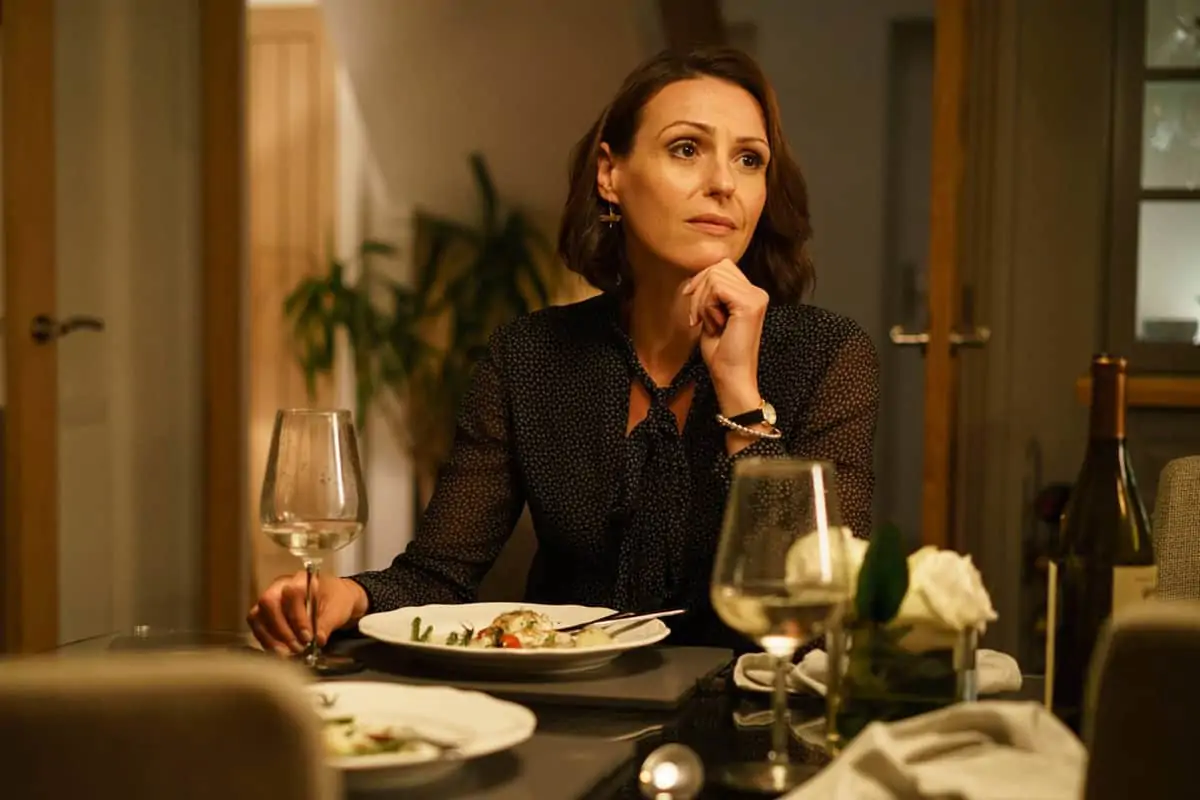

Wilkes observes that the image-making business – both in TV and cinema – is changing. "In broadcast, people don't really watch live TV as much now," he says. "We're seeing Netflix putting a lot of money [thought to be in region of $6 billion in 2017 and $7 billion in 2018] into its content, so it's lucky Panasonic has a line-up of cameras that are approved. Ultra HD/4K is becoming important, but HDR is really important, both for the home and in the cinema. For the future, 8K is coming, and our engineering team are studying what is required from customers."
Panasonic has successfully expanded its reach into high-end drama, both for established outlets such as the BBC and Sky, plus new media challengers like Netflix. VariCam credits include Netflix’s Ozark (DPs Pepe Avila Del Pino/Ben Kutchins) and Orange Is the New Black (DP Ludovic Littee), HBO’s Farenheit 451 (DP Kramer Morgenthau ASC) and The Deuce (DP Vanja Cernjul ASC), along with BBC’s The Moorside (DP Stephan Pehrsson BSC), to name just a few.
It has also had penetration into the film arena, through independent directors such as Alan Rudolph using VariCam for Ray Meets Helen (2017, DP Spencer Hutchins), and Warner Bros. using it on the forthcoming Crazy Rich Asians (DP Vanja Cernjul ASC). Wilkes concludes that Panasonic's camera range has now grown so it can provide models for all aspects of a production, from A-camera to B-camera and beyond.
Ultimately, the aim is to provide what users and customers need. "We want to allow cinematographers and operators to be creative," he says. "The aim behind the VariCam was to enable them to create something the way they want it to look and not be the same as everybody else." Something, no doubt, Konosuke Matsushita would have approved of 100 years ago.


